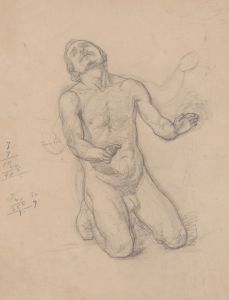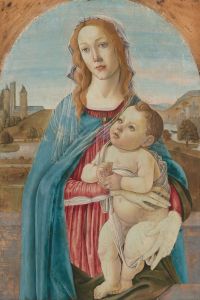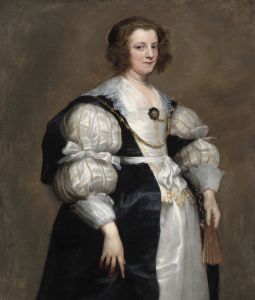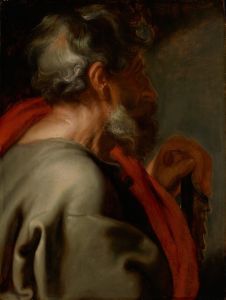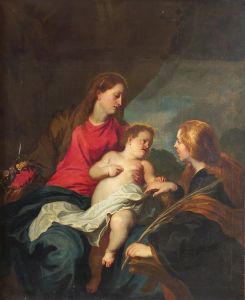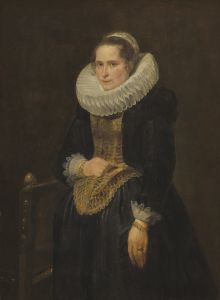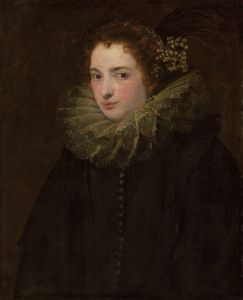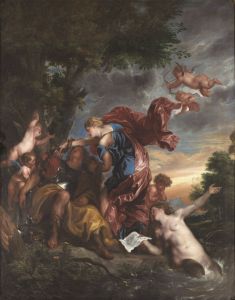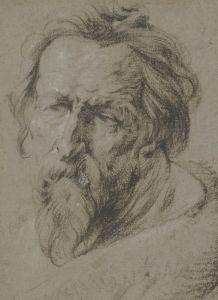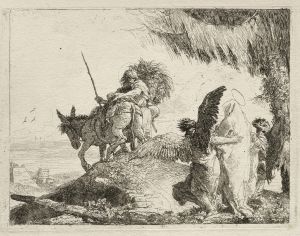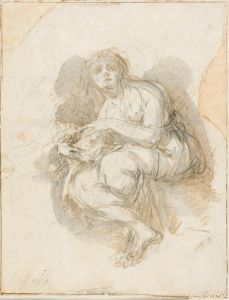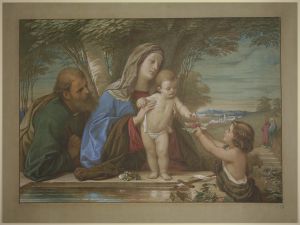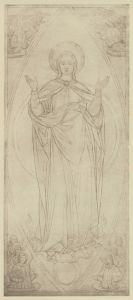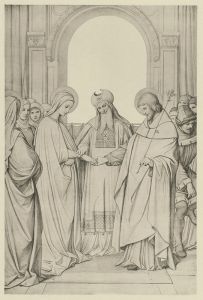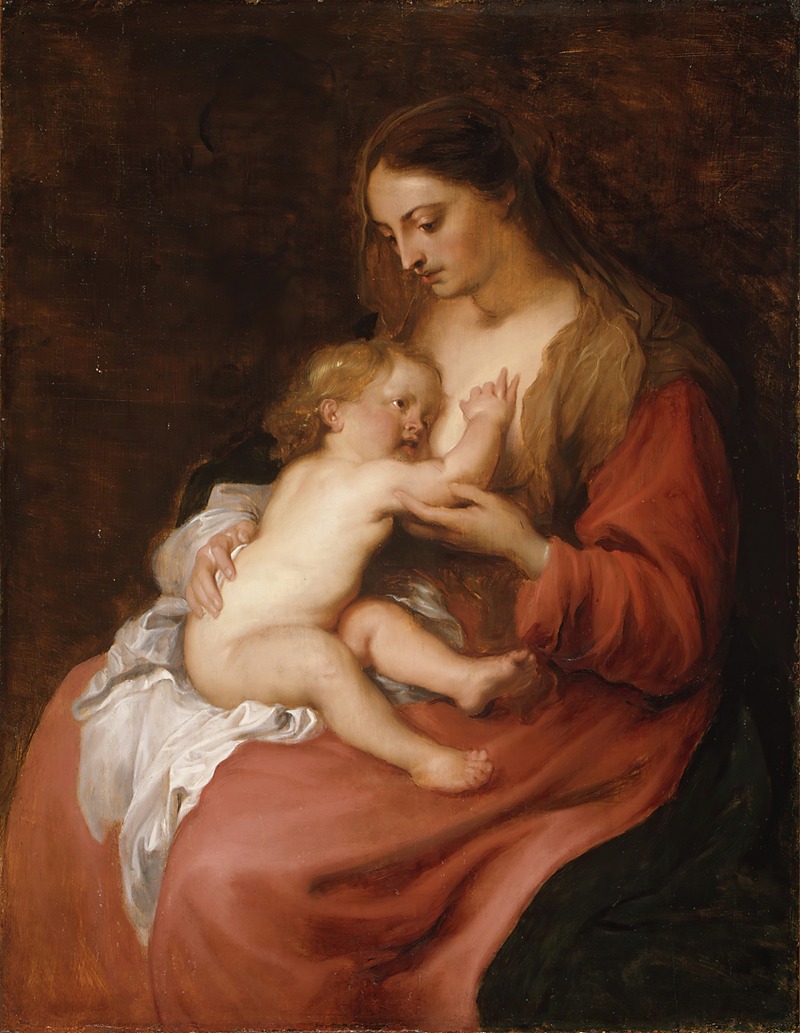
Virgin and Child
A hand-painted replica of Anthony van Dyck’s masterpiece Virgin and Child, meticulously crafted by professional artists to capture the true essence of the original. Each piece is created with museum-quality canvas and rare mineral pigments, carefully painted by experienced artists with delicate brushstrokes and rich, layered colors to perfectly recreate the texture of the original artwork. Unlike machine-printed reproductions, this hand-painted version brings the painting to life, infused with the artist’s emotions and skill in every stroke. Whether for personal collection or home decoration, it instantly elevates the artistic atmosphere of any space.
"Virgin and Child" is a painting by the renowned Flemish Baroque artist Anthony van Dyck. Van Dyck, born in 1599 in Antwerp, was a prominent painter known for his portraits and religious works. He was a leading court painter in England and a significant figure in the development of Baroque art in Northern Europe.
The "Virgin and Child" is a depiction of the Virgin Mary holding the infant Jesus, a common theme in Christian art that symbolizes the divine nature of Christ and the maternal bond between Mary and her son. This subject has been a central motif in Christian iconography, representing purity, love, and the incarnation of Christ.
Van Dyck's interpretation of the "Virgin and Child" reflects his mastery of color, composition, and emotional expression. His style was heavily influenced by his teacher, Peter Paul Rubens, another giant of the Baroque period. Van Dyck's works are characterized by their elegance, grace, and the delicate rendering of figures, which can also be observed in this painting.
The painting showcases Van Dyck's ability to convey tenderness and intimacy. The Virgin Mary is often depicted with a serene and gentle expression, while the infant Jesus is portrayed with a sense of innocence and divine presence. Van Dyck's use of light and shadow enhances the three-dimensionality of the figures, creating a sense of depth and realism that draws the viewer into the scene.
Van Dyck's "Virgin and Child" is also notable for its use of rich, vibrant colors, a hallmark of Baroque art. The drapery of Mary's clothing and the soft flesh tones of the infant Jesus are rendered with meticulous attention to detail, highlighting Van Dyck's technical skill and his ability to capture the subtleties of human form and fabric.
While specific details about the commission or the exact date of creation for this particular painting may not be well-documented, Van Dyck's religious works were often commissioned by churches or private patrons who sought to display their devotion and piety through art. His paintings were highly sought after by collectors and the nobility, further cementing his reputation as one of the leading artists of his time.
Van Dyck's influence extended beyond his lifetime, impacting the development of portraiture and religious art in Europe. His works continue to be studied and admired for their artistic excellence and their contribution to the Baroque movement.
Today, "Virgin and Child" by Anthony van Dyck is appreciated not only for its religious significance but also for its artistic merit. It stands as a testament to Van Dyck's skill and his ability to convey profound emotion and spirituality through his art. The painting is part of various collections and exhibitions, allowing audiences to experience the beauty and depth of Van Dyck's work.





